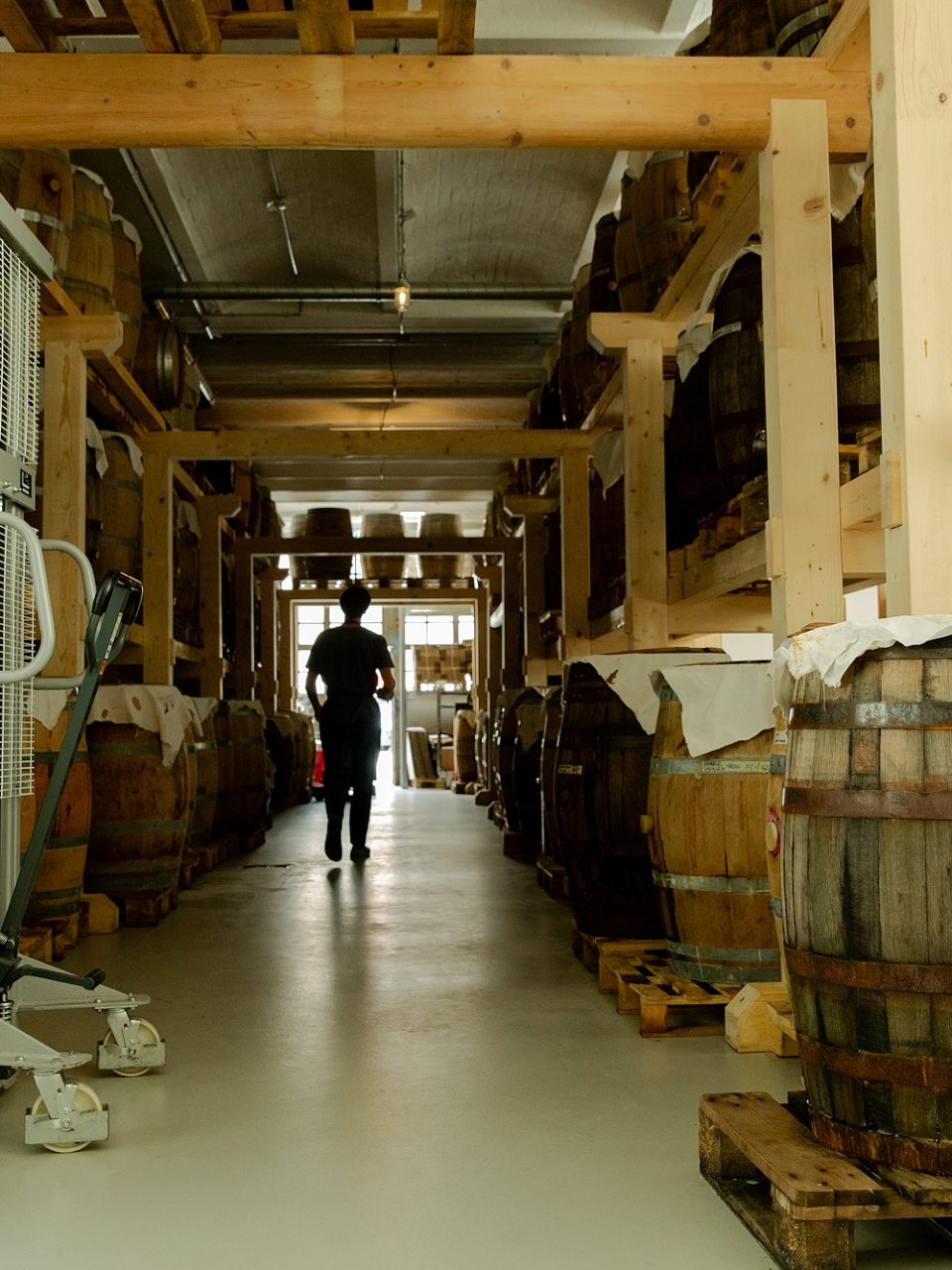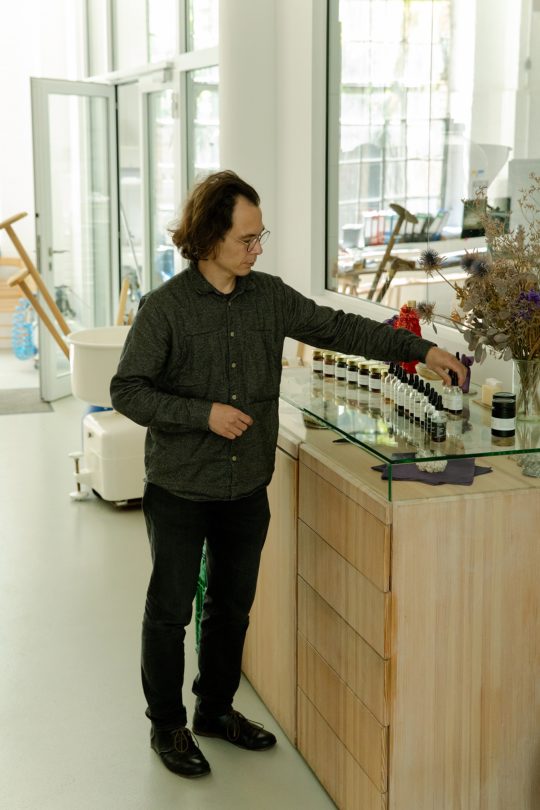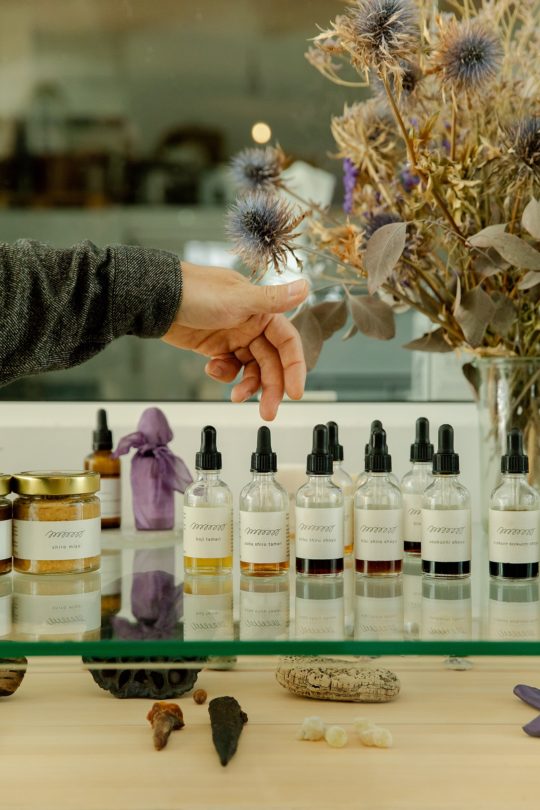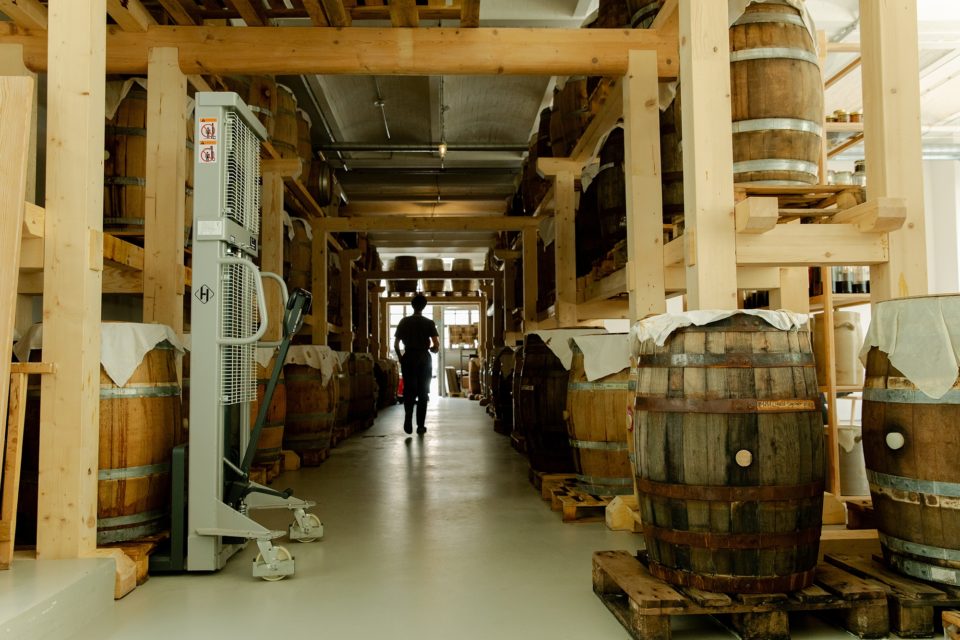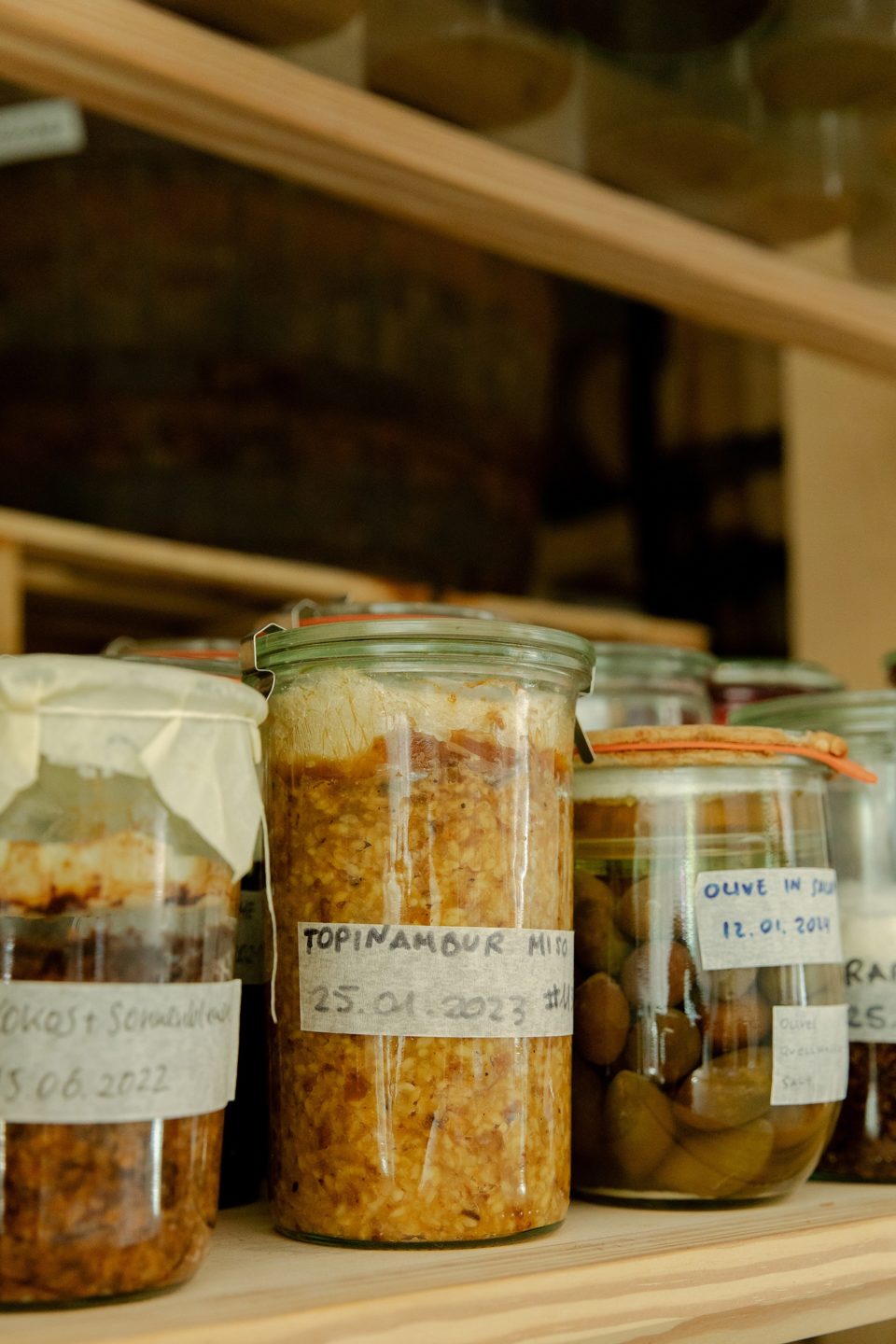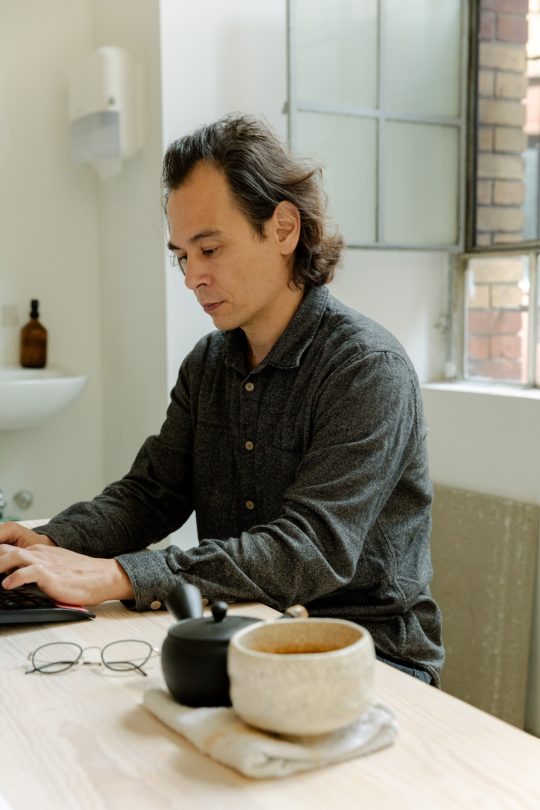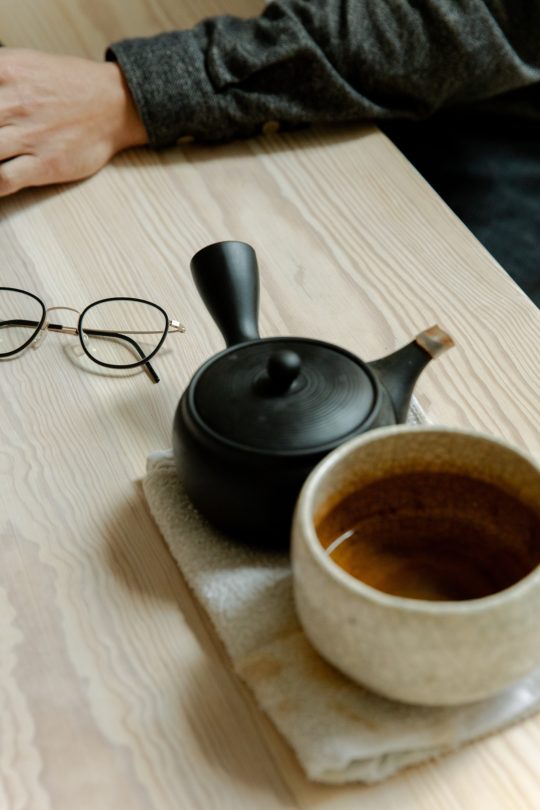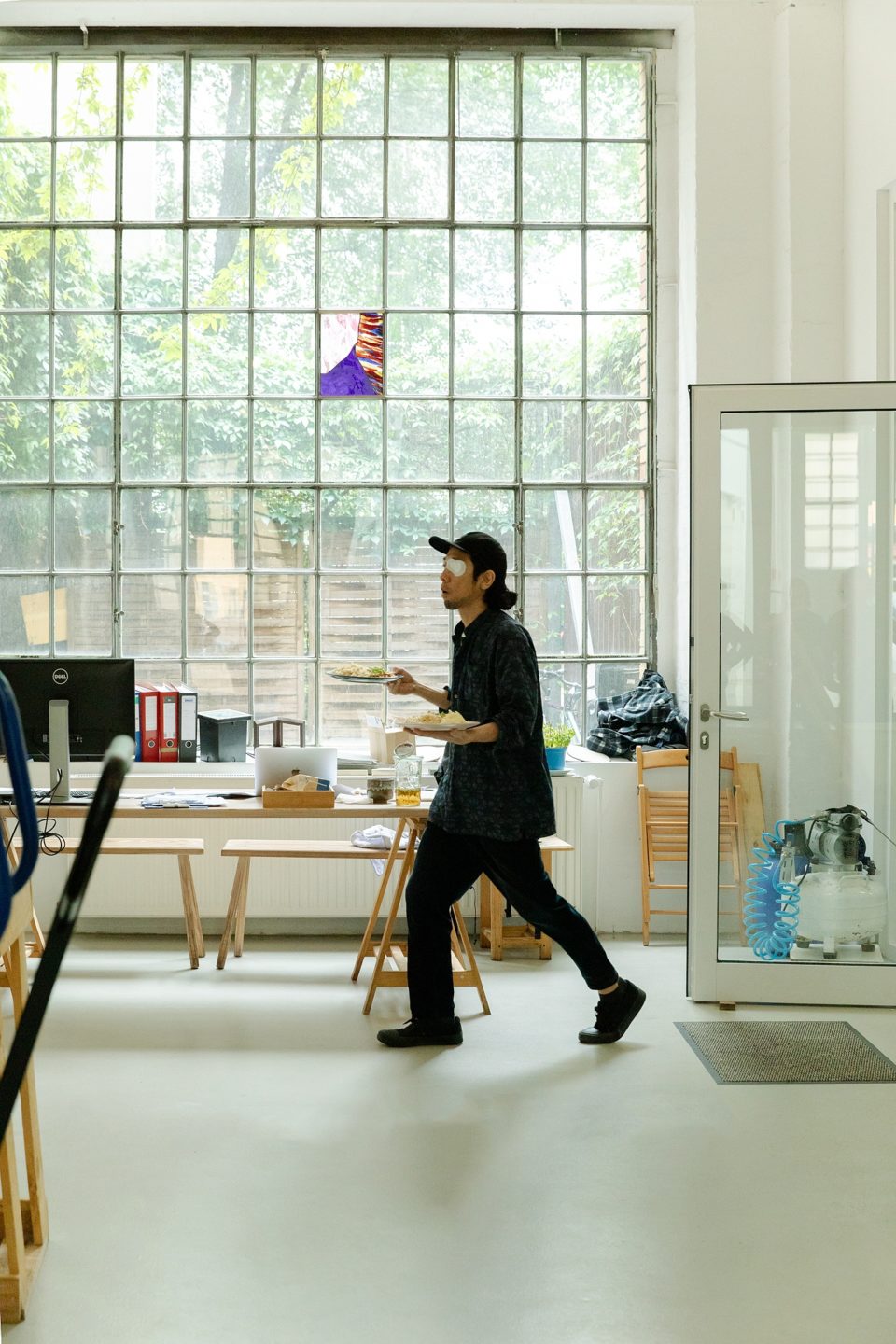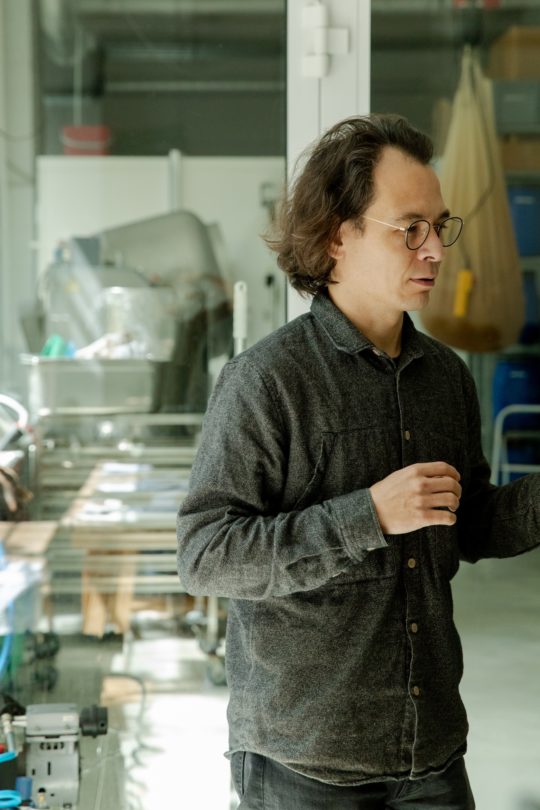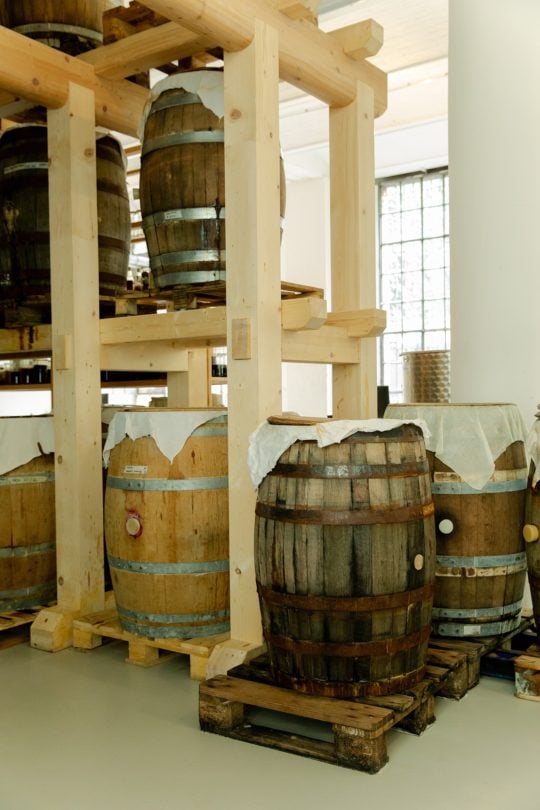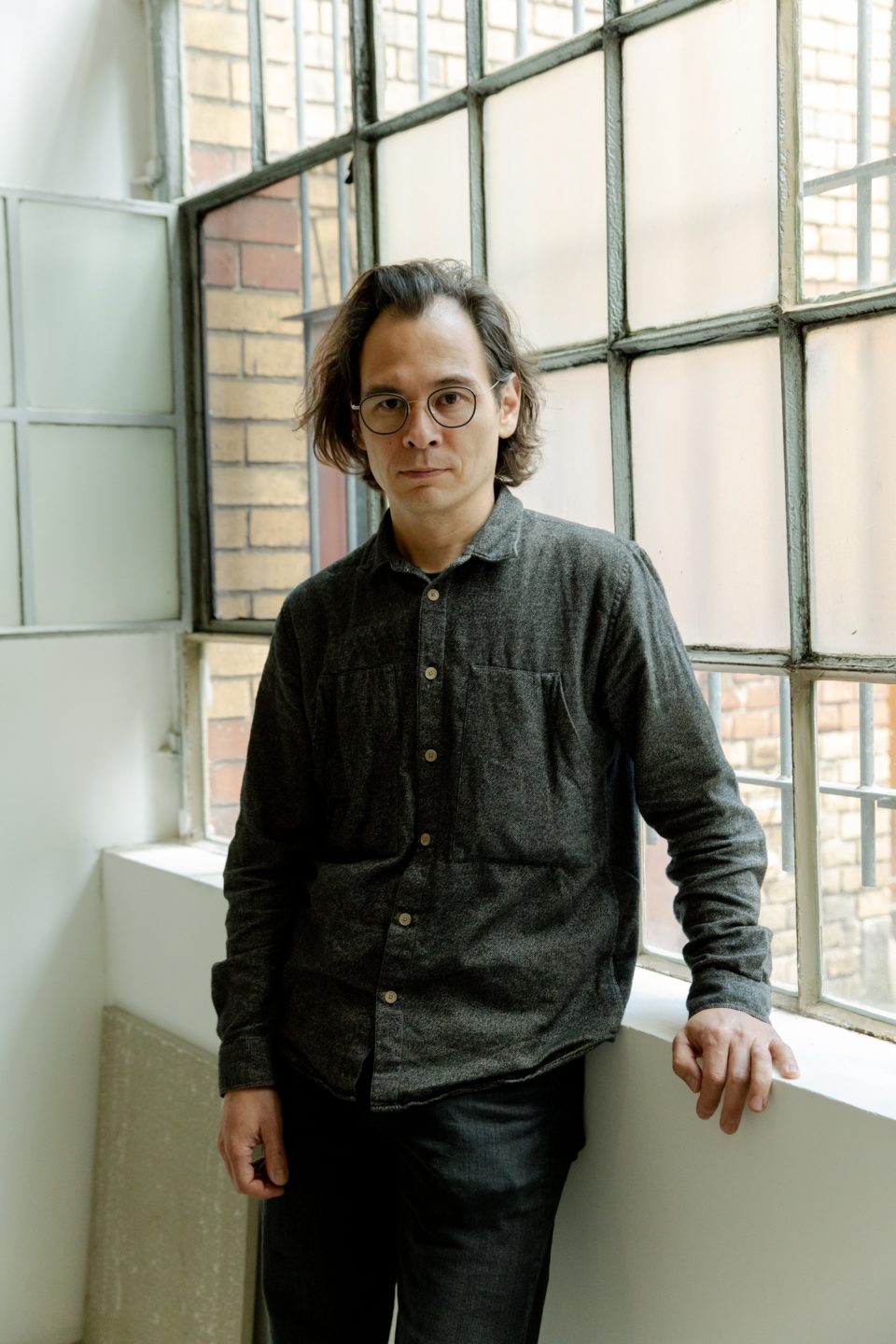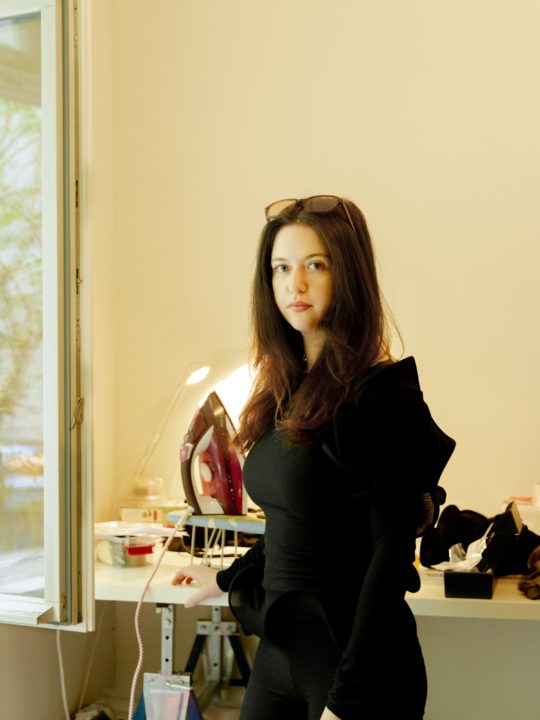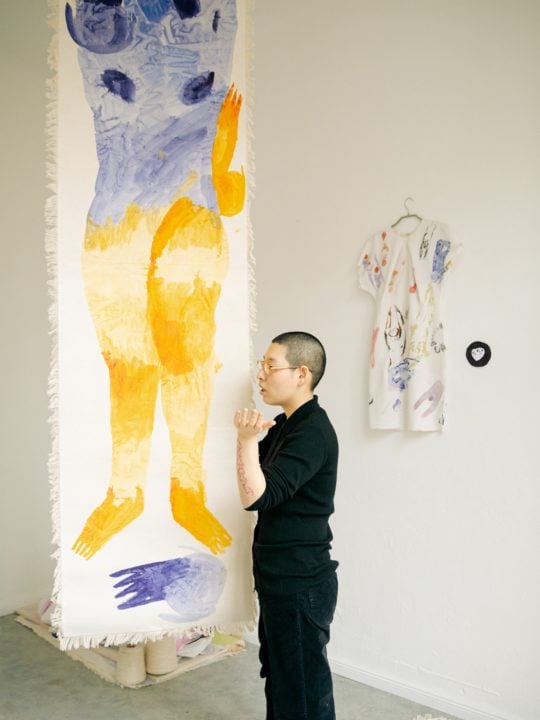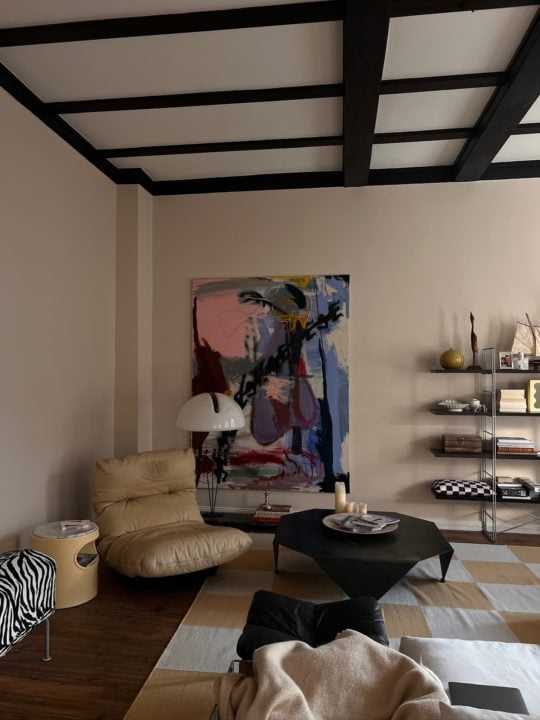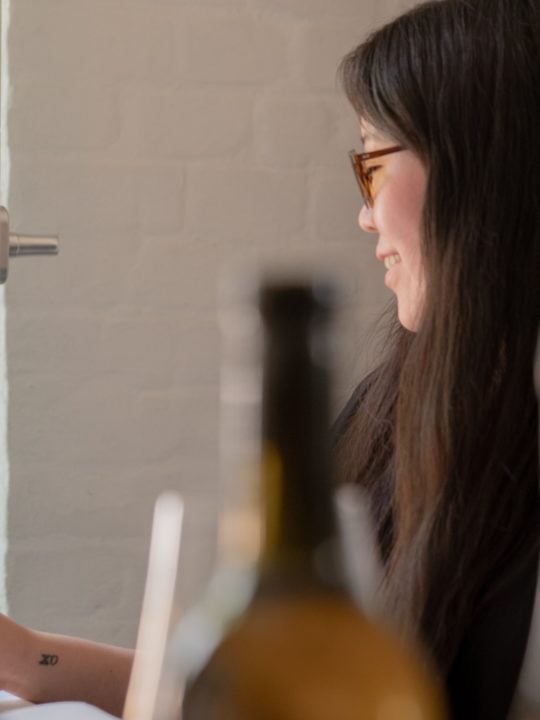MARKUS SHIMIZU ON ART, ‘MINARAI’ AND BRINGING JAPANESE FERMENTING TO BERLIN
In conversation with Markus Shimizu, founder of Mimi Ferments.
When you step into mimi ferments’ manufactory in Wedding, the first things that catch your eye are the high ceilings and large windows flooding the room with daylight.
It’s beautiful, of course, but what truly envelops you is the warm, savory aroma of Japanese ferments maturing in this loft. Instantly, you feel at home, as though you’ve just entered your grandmother’s kitchen on a lazy Sunday afternoon.
Fermentation is an ancient conservation technique valued for its nutritional benefits. It provides our bodies with protein, vitamins, and beneficial bacteria that support gut health and improve immune function. From sauerkraut to yogurt to pickles—these fermented foods are known and loved by many here in Germany. At mimi ferments (‘mi’ means ‘beauty’ and ‘taste’ in Japanese), however, you’re introduced to a whole new world of hand-crafted miso, soy sauce, natto, shio koji, amazake, tempeh, and other delicacies. The quality is of the highest standard: Each ingredient is carefully selected, the products are unpasteurized and free from additives.
Shortly after I arrive, Markus Shimizu, the founder of mimi ferments, politely extends his hand to greet me and offers a tour. We pass by the laboratory, and I catch a glimpse of his team through the glass doors as they transfer a mixture into a steaming chamber. To my left is a corridor formed by a storage rack lined with wooden barrels. They are filled with fermenting soy sauces and various types of miso, a traditional Japanese seasoning that is a staple in Markus’ shop. The choice of barrel has a significant impact on the taste of the final product. “Wood barrels retain flavors and microorganisms from previous batches, influencing the taste of the current fermentation,” he explains as he opens the lid of one of the vessels to show me the thick paste. “We usually buy used red wine barrels, but also like whiskey, rum, or custom-made barrels depending on the flavor we want to achieve.”
I soak up information like a sponge: The youngest soy sauce ferments for nine months, while slower varieties may mature for up to three years. Certain types require weekly stirring to prevent excessive yeastiness, which is why these barrels are conveniently stored on the bottom shelves. While soy sauce is familiar to European eaters, miso might be less well-known. “It is made by fermenting soybeans with salt and a fungus called koji (the most important ingredient), sometimes incorporating grains like rice or barley,” Markus explains. Once matured (the fermentation time depends on the desired flavor, color, and texture), it is used to enhance the taste of sauces, soups, and other dishes. And as for mimi’s bestseller? Shiro miso, a young rice miso with a mild, fruity, and slightly cheesy taste. “It’s great in a salad dressing or as miso butter,” Markus grins.
To keep things interesting, he enjoys coming up with new recipes by experimenting with the ingredients and ratios. Some of his innovations include beetroot miso and bread miso, the latter featuring a malty flavor with a subtle sourness from the sourdough.
While most creations turn out delicious, there are also occasional mishaps. “Our hemp soy sauce ended up tasting like egg yolk, and our sweet potato miso reminded me of cheap industrial orange juice,” he laughs. “These things happen sometimes.”
The key is not to get discouraged but to observe and learn, a practice known in Japan as minarai.
While typically associated with Japanese arts, it also perfectly applies to Markus’ mindset around his craft. “There’s so much in Japanese cuisine that is ritualistic: from the tea ceremony to meal preparations and fermentation. There are a lot of repetitive, silent processes that are almost spiritual,” he says.
As he shares this, I can sense he feels drawn to spirituality.
“I read Buddhist books,” Markus nods. “The hardship of running a company like this and growing it from zero brought me on this path.
[As a business owner], there are so many things you are expected to do, and if you let [the stress] get to you, then it just gets very overwhelming. Detachment is necessary to function,” he says candidly. I find his honesty refreshing, considering how modern life often challenges our ability to live a balanced lifestyle.
We have now arrived in the office section of the loft, where just moments ago the team was enjoying their lunch together, and settle down on a wooden bench. As Markus speaks, I listen attentively. To be fair, it’s impossible not to, given the exciting things he has experienced and seen. Born to a Japanese father and a German mother, he lived in Tokyo until he was eight years old. “In Japan, every meal includes something fermented. The most basic Japanese dish is rice, miso soup, and fermented vegetables. From there, you might add some roasted fish or other side dishes, but that’s always where you start,” he says.
In the early 2000s, he followed his interest in the arts and moved to the Netherlands to study. His creative adventures then took him to Finland, Mexico, Brazil, and India—also offering diverse and eye-opening experiences around food—before eventually settling in Berlin to complete his education at Kunsthochschule Berlin-Weißensee. While pursuing art soon proved to be an unreliable career path, Markus found his fermentation hobby far more rewarding.
As interest in his homemade ferments grew, he decided to turn his efforts into a business. Thus, in 2017, mimi ferments was born. Over the past seven years, it has grown organically and now employs seven people. Aside from the online shop, there is an educational aspect to the venture as well. Markus’ wife Reiko, who is also an artist, oversees workshops and events known as salon mimi that take place in the loft. These events often blend food with artistic elements such as dancers, artists, or musicians, and are scheduled during equinoxes or the summer and winter solstices. Celebrating seasonal milestones with specific foods is an integral part of Japanese tradition. With this, it seems Markus has found a way to combine his love for art and food. “A lot of things do overlap,” he admits.
Over the years, mimi ferments’ quality products and Markus’ expertise have attracted top chefs from Germany’s finest restaurants. They regularly seek his guidance, reaching out with special requests, such as creating seasoning sauces from kitchen leftovers. “We used leftover langoustine heads for a fish sauce a couple of times,” he says. “Although we usually aim to have a balanced product at the end, sometimes chefs don’t want a ready-made sauce. It can be totally off-balance as it is, but in their dish, they can incorporate it as a highlight, and it makes perfect sense.”
And what about the beginners among us—any advice on where to start with fermentation? “Basically, just do it,” he says encouragingly.
“Be intuitive and observe, but also remain curious and don’t be too scared.”
He pauses, offering a final thought that seems to apply beyond fermenting. “If you trust yourself, not much can go wrong then.”
Duly noted.

